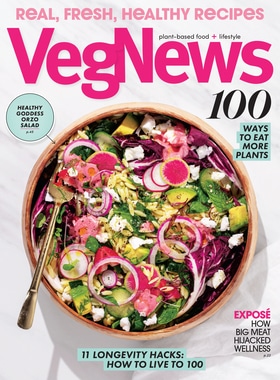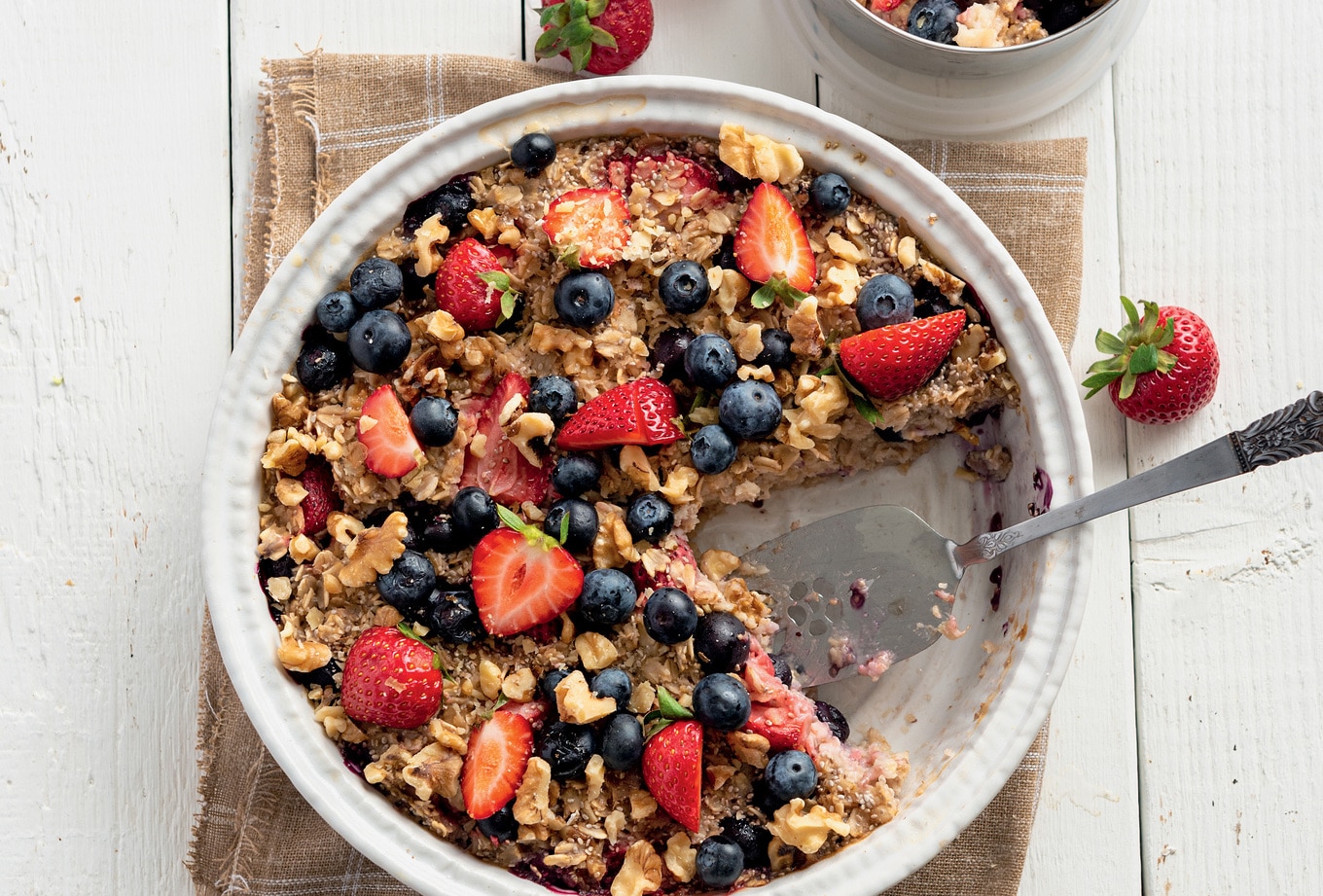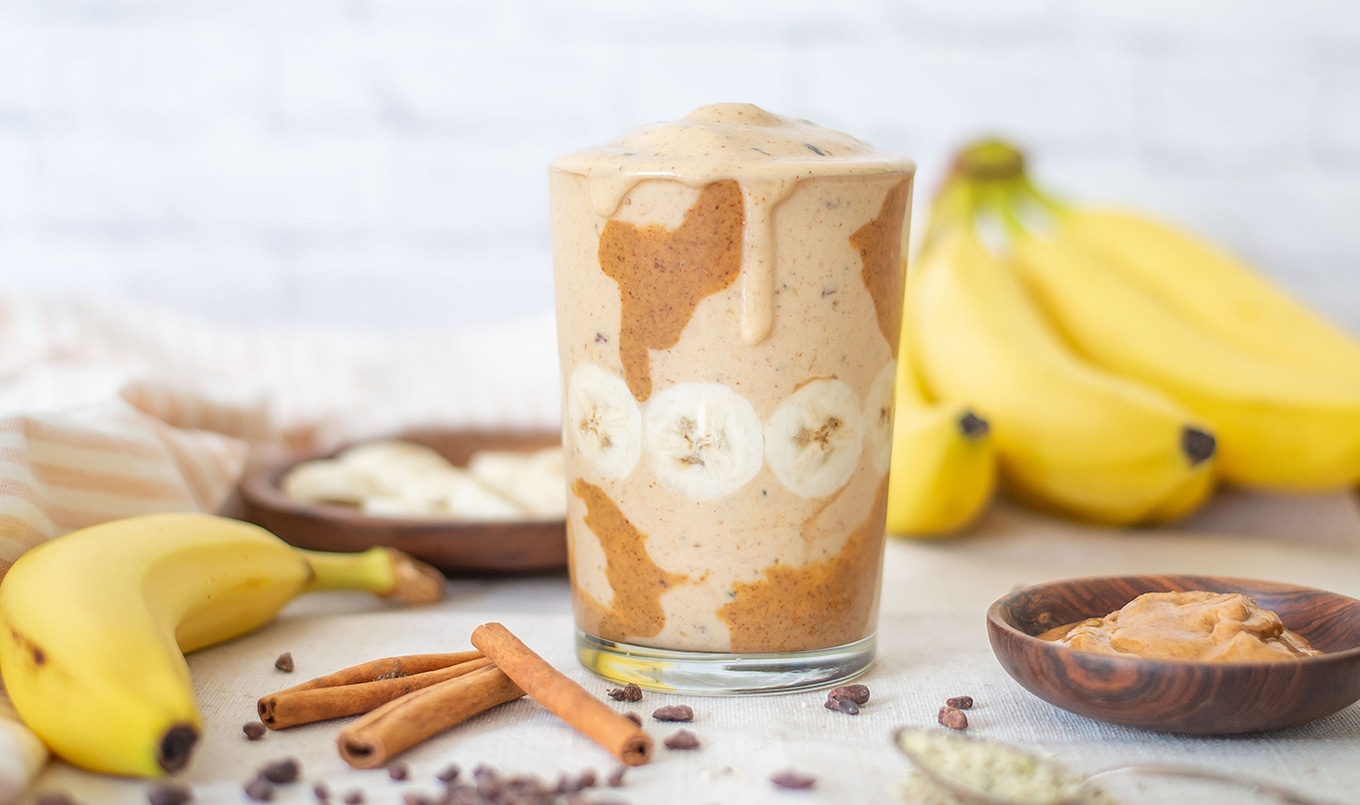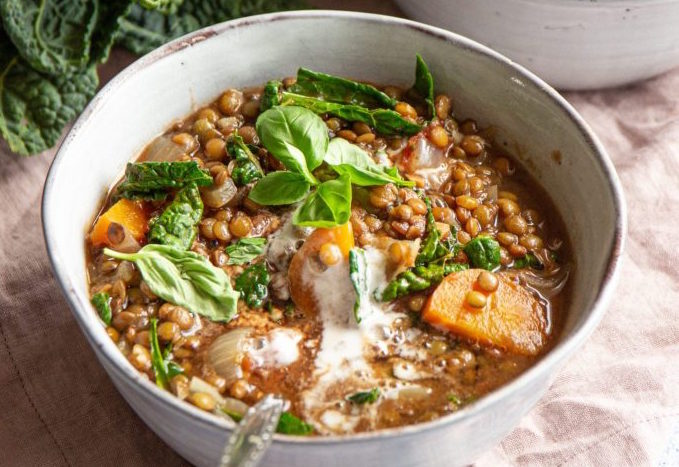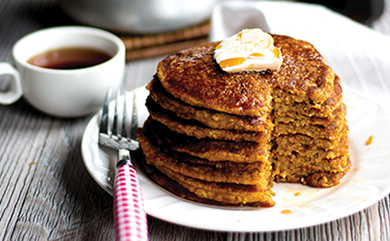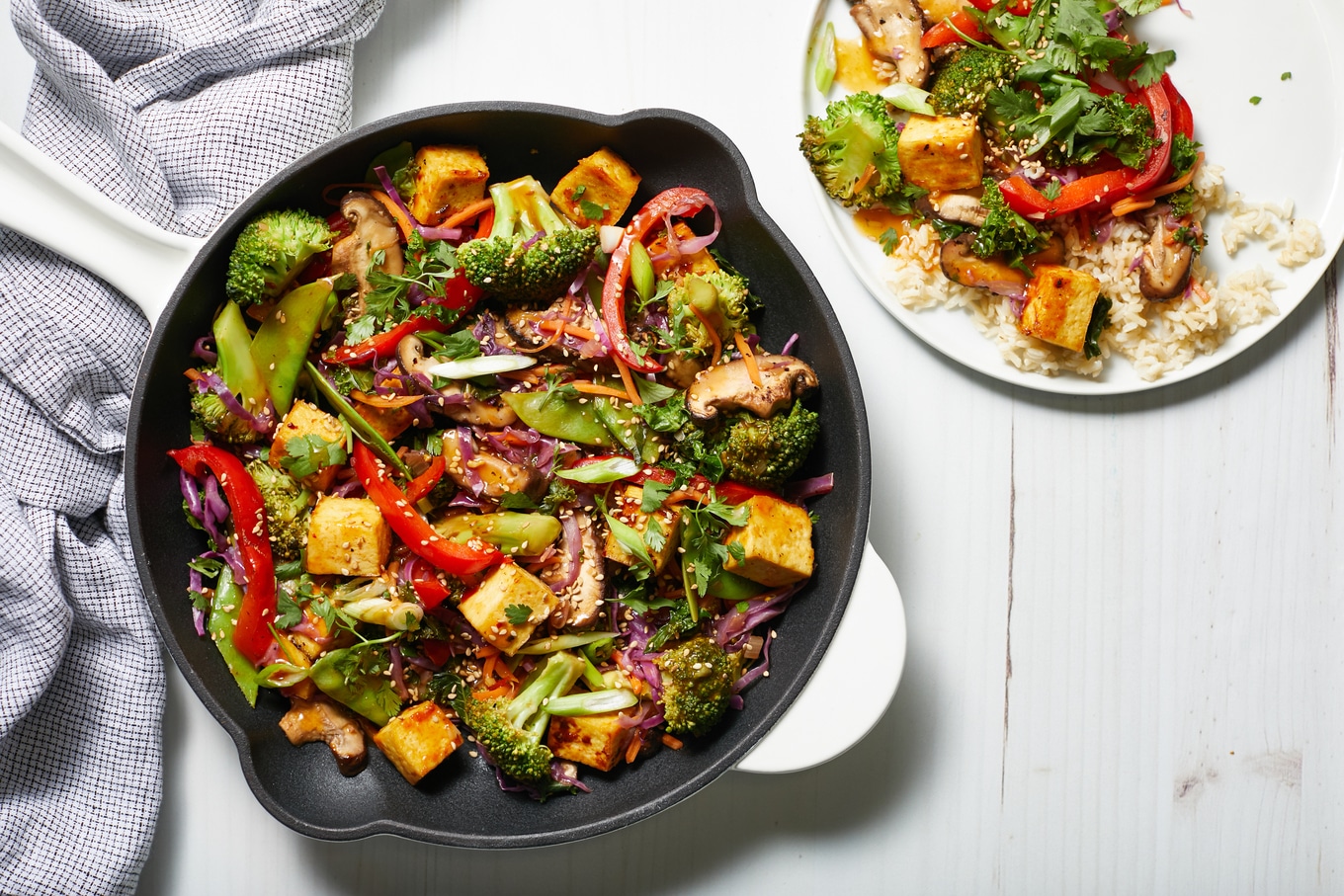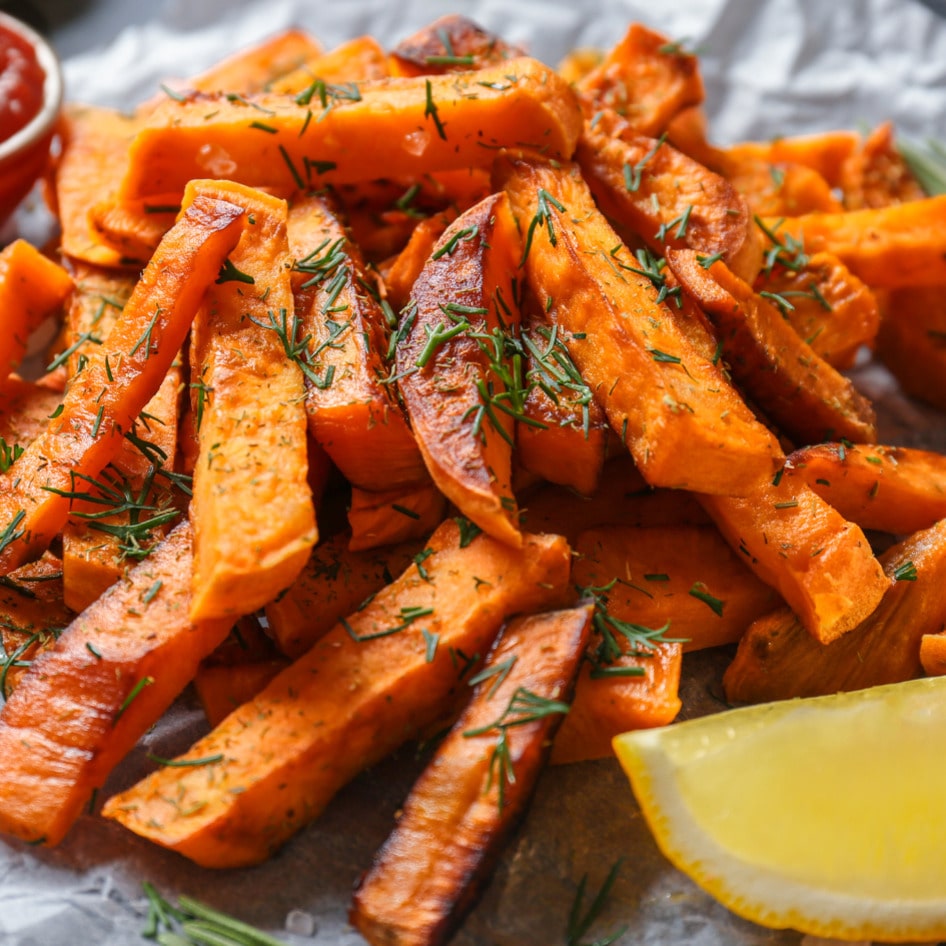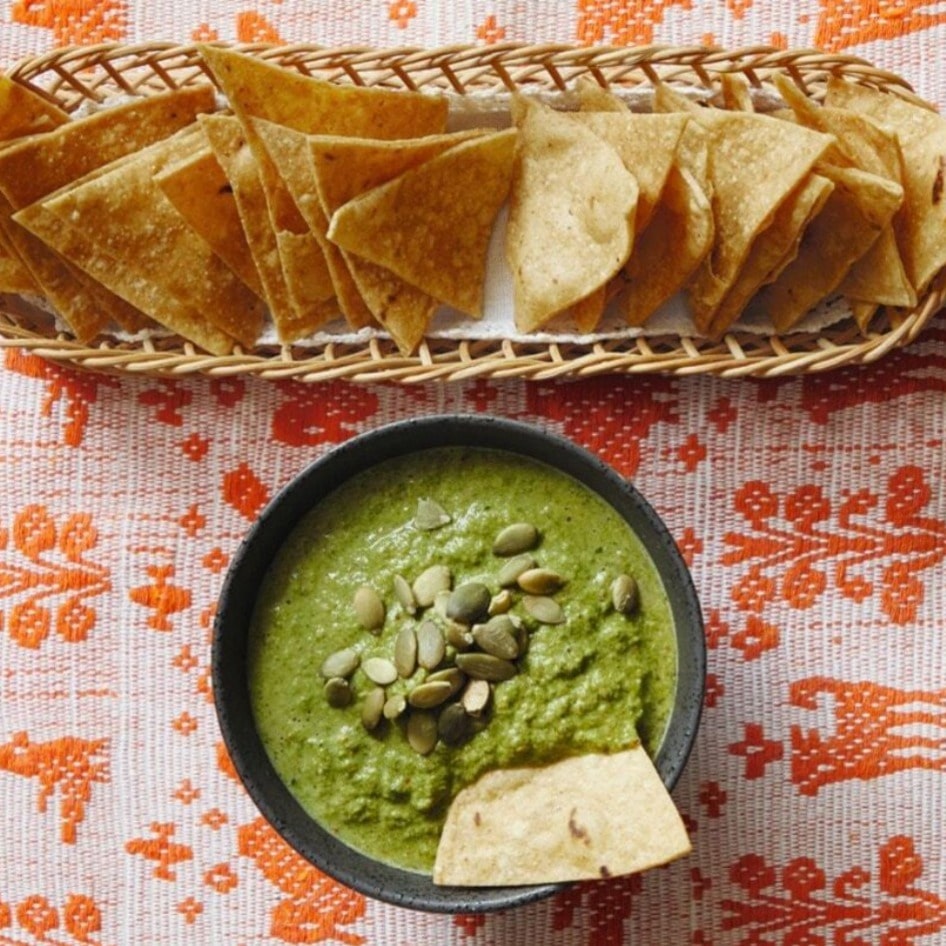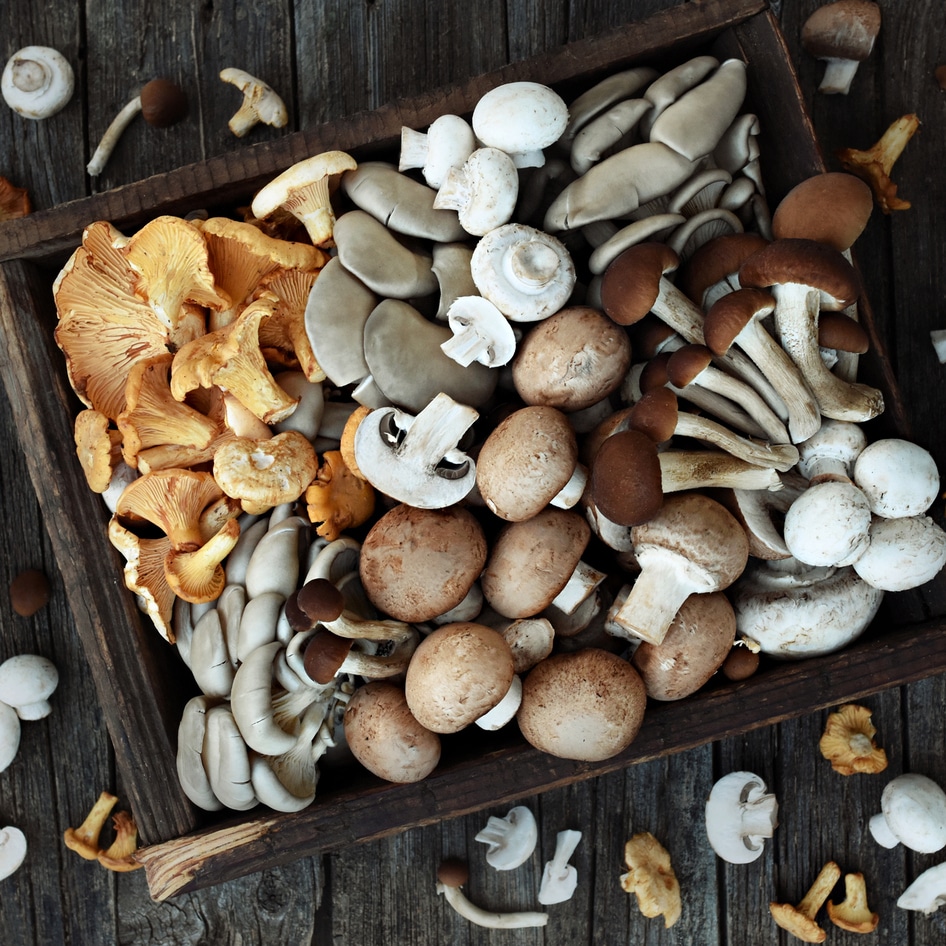Many of us have been told, or read, at some point in our lives that it’s important to “eat the rainbow” when it comes to fruits and vegetables. But the benefits of doing so lie beyond just making our plates look pretty.
Phytonutrients are the compounds that give plants their color, and they are seriously good for our health. Here’s what you need to know about phytonutrients, what they can do for our bodies, and, of course, a few recipe ideas, too.
What are phytonutrients?
Plant foods are excellent sources of vitamins and minerals, which are essential nutrients that our bodies need to function. But beyond these benefits, plant foods also provide phytonutrients. These compounds are not considered essential nutrients like vitamins or minerals, but research suggests they can be extremely beneficial for our health. Phytonutrients act as antioxidants—research suggests they help boost the immune system, support healthy cell function, and may even have anti-cancer and anti-inflammatory properties.
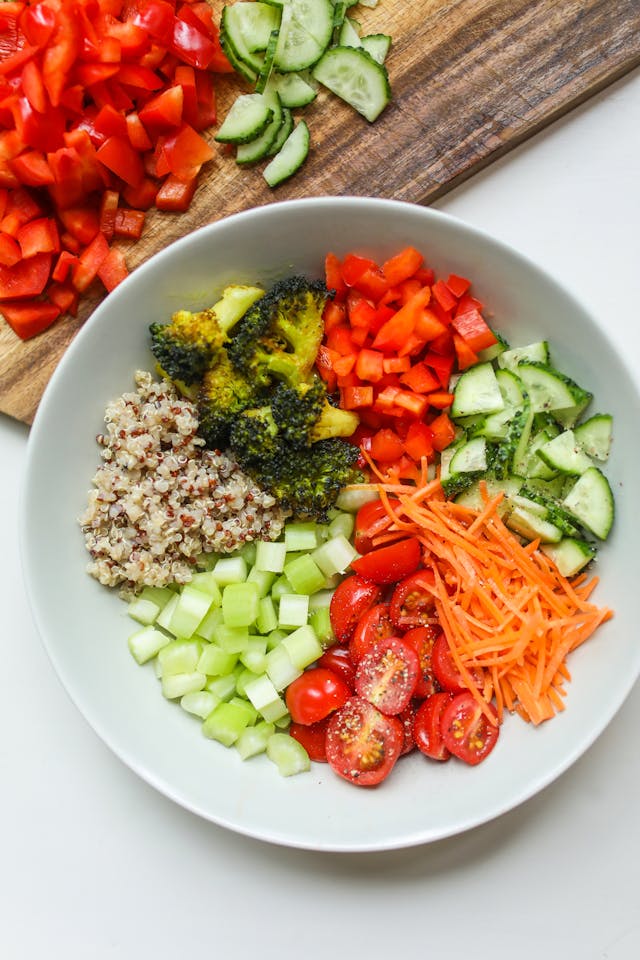 Pexels
Pexels
“When humans eat plant foods, phytonutrients protect us from chronic diseases,” explains Katherine D. McManus, MS, RD, LDN for Harvard Health. “Phytonutrients have potent anti-cancer and anti-heart disease effects. And epidemiological research suggests that food patterns that include fruits and vegetables are associated with a reduced risk of many chronic diseases, including cardiovascular disease, and may be protective against certain types of cancers.”
The different types of phytonutrients
According to McManus, when it comes to getting a range of phytonutrients, “color in fruits and veggies is king.” This is because different colors indicate different phytonutrient content.
If a plant food is red, for example, like a strawberry, tomato, or red pepper, it’s rich in lycopene, a powerful carotenoid that helps to neutralize harmful free radicals in the body. Research suggests lycopene may help to reduce LDL cholesterol, protect against eye degeneration, and promote skin health, among many other benefits.
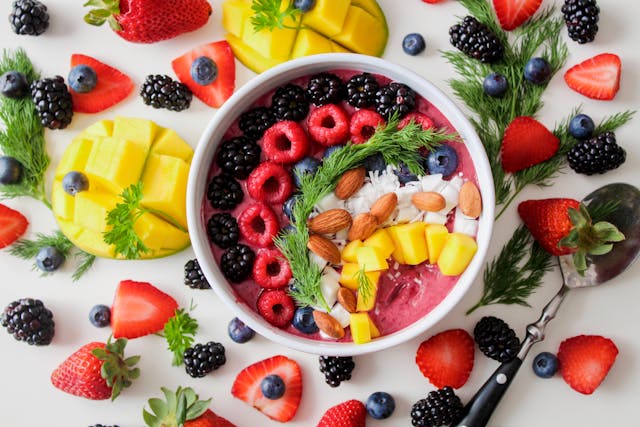 Pexels
Pexels
Another type of carotenoid, called beta-cryptoxanthin, is commonly found in orange-red vegetables, including tangerines and papayas, for example. In the body, beta-cryptoxanthin can be converted into vitamin A (retinol), which is, again, essential for vision and skin health, as well as immune function.
Green foods (like kale, broccoli, and spinach) contain multiple phytonutrients, including sulforaphane, isothiocyanates, and indoles, all of which, research suggests, may potentially play a role in cancer prevention processes in the body. Blue and purple foods (think blueberries, grapes, and eggplant) contain anthocyanins, which may help to reduce chronic inflammation, lower blood pressure, and support cognitive function.
But, it’s important to note that not all plant foods need to have vibrant colors to contain important phytonutrients. Mushrooms, for example, are typically brown or beige, but they also contain compounds like beta-glucans, which may enhance immune function. Tofu is usually white but contains isoflavones—a type of phytoestrogen associated with a reduced risk of heart disease, improved bone health, and potentially, protection against hormone-related cancers.
These 5 vegan recipes are packed with phytonutrients
There are thousands of phytonutrients in the plant world, so it’s unlikely you’ll be able to eat all of them. However, below, we’ve listed a few of our favorite recipes, each of which boasts one or more phytonutrient-rich foods (and they’re delicious, too).
BECOME A VEGNEWS VIP: Get exclusive product deals, freebies, and perks galore!
1Baked Berry Oatmeal
Packed with red and blue mixed berries, this hearty baked oatmeal is the perfect way to start the day. The tasty, comforting dish also contains chia seeds, oats, and walnuts, all of which also contain various phytonutrients, too, as well as omega-3 fatty acids (from the walnuts and chia seeds) and plenty of fiber.
Get the recipe
2Banana, Almond Butter, and Cold-Brew Smoothie
Bananas are not as well-known for their phytonutrient content compared to other fruits like berries or citrus fruits but do contain some flavonoids and carotenoids. The real phytonutrient star of this creamy, delicious smoothie is the coffee. Yep, coffee beans contain several beneficial phytonutrients, including flavonoids and phenolic acids, which have antioxidant and anti-inflammatory properties.
Get the recipe
3French Lentil and Kale Stew
This nourishing, hearty bowl of stew not only contains kale, but it’s also rich in garlic, brown onions, carrots, tomatoes, and dried French lentils. This means it’s not just rich in essential vitamins and minerals, but it’s an incredibly good source of phytonutrients, too. Both garlic and onions contain allicin, which may have antimicrobial, antioxidant, anti-inflammatory, and cardiovascular-protective properties, while French lentils contain flavonoids, phenolic acids, and saponins, the latter of which may help to lower cholesterol.
Get the recipe
4Sweet Potato Pancakes With Cinnamon and Nutmeg
These delicious pancakes make for the perfect weekend brunch, especially when they’re served with a generous drizzle of maple syrup. They’re also packed with several phytonutrient-rich ingredients, including orange sweet potato purée, and spices like ginger, cinnamon, and nutmeg. Ginger contains gingerol, for example, a bioactive compound with antioxidant and anti-inflammatory properties, while cinnamon contains cinnamaldehyde, which has been studied for its potential to improve insulin sensitivity, lower blood sugar levels, and reduce the risk of heart disease. And finally, nutmeg contains myristicin, which may help to protect against oxidative stress and inflammation, support brain health, and enhance immune function.
Get the recipe
5 Oil-Free Sweet Chili Tofu Broccoli Mushroom Stir-Fry
With carrots, red bell peppers, kale, broccoli, ginger, tofu, and shiitake mushrooms, this oil-free stir-fry is a great dish to pack in all of the colors of the rainbow (and as a consequence, a whole host of beneficial phytonutrients). But this dish is not just nutritious, it’s also delicious, too—it’s the perfect mix of sweet and spicy.
Get the recipe
All plant-based whole-food recipes are rich in phytonutrients, as well as vitamins, minerals, and fiber, too. To find our extensive database of recipes, click here.
For more plant-based stories like this, read:
JUMP TO ... Latest News | Recipes | Guides | Health | Subscribe
